An exciting trip to Chennai without any learning of its legacies is useless. After some years you are sure to forget it. While a trip full of scholarly learning and enlightenment is too boring. Plan your trip in such a way so that you will get a clear picture of its ancient history and the rich cultural heritage of India as a whole. That is why, here, we are giving you information about a church, which is situated in the fort St. George. A Trip to the fort St. George place is itself interesting as it has a vast history behind it. Trip to the St. Mary’s Church in Chennai is very easy as it is situated in the city itself. You can hire deluxe coaches, call taxis, which though rate higher, compared to the cheap auto rickshaws, are quite comfortable and prompt in service. If you are hiring the auto rickshaws, be careful about the fares even if they are metered.
Now to the church, but first, a little piece of history. The British East India Company entered India around 1600 AD for trading and Chennai was one of the earliest places of British occupancy in India. Fort St. George was constructed by the British in the year 1644. The fort also houses the secretariat of the Tamil Nadu state government. Besides the secretariat building there are various other offices, and the holy church revered by millions, St. Mary’s Church. The St. Mary’s Church, also called as the ‘Westminster Abbey of the East’, has its own importance. It is one of the ancient buildings of Chennai and also it is the first Anglican Church in Asia. It is also considered as the oldest Anglican Church east of Suez and has been named as St. Mary because its origin was laid down on the Annunciation day of the Virgin Mary. It is believed that on this divine day, the heavenly declaration of Jesus’ birth had been announced to Mother Mary.
St. Mary’s Church was constructed in 1678-1680 AD by the British East India Company. This historically very significant church has an old prayer house inside it that solemnized the marriages of important figures of East India Company like Robert Clive and Elihu Yale (Co-founder of Yale University in USA). The old church is full of commemorative inscriptions and memorials that date back to early 17th century. Baptism started to take place since 1680 and beautiful statuette adorned the fine walls of this church. The most special feature of the church is the high tower that is visible from a long distance. This tower was not part of the original structure and was rather added at the end of the seventeenth century on the orders of Sir John Goldsborough.
The church was originally built by William Dixon and designed by Edward Fowle. It is a bomb-proofed carved structure, which has the finishing touch of polished lime. The building of St. Mary’s church had some later additions like the Sanctuary, Steeple, Tower and the Vestry. Colonel Gent added the church top in 1795. The interior of the church is embellished with the wooden and glass furnishings. You are bound to be overwhelmed by the intricate painting of the Last Supper, which is drawn by an unknown artist. Also, under the church’s possession, are a 1660 Bible and also silver plates of the time.
St Mary’s Church in Fort St George is not only the earliest Anglican church in India but claims to be the first east of Suez, built in 1680. It is still one of the finest examples in India, designed to catch even the slightest hint of a breeze off the sea; a haven of relative coolness in the sweltering heat of a south Indian summer. Inside the church is a plethora of memorials to officers and civilians of the East India Company who died far from home, sometimes in battle but more often from the combination of tropical heat and disease.
Interior
At various periods during the wars with the French it served as a water store, a lookout post, a warehouse for cotton bales and a granary. The churchyard contains early British tombstones which were moved there in 1760. The interior of the church boasts some remarkably fine examples of funerary sculpture including works by John Flaxman, John Bacon, Edward Richardson and Sir Francis Chantrey. Among the luminaries either buried or remembered are several Governors of Madras, including Sir Thomas Munro, one of the ablest of all British administrators in India, Admiral Sir Samuel Hood and Josiah Webbe, who was partly responsible for the successful campaign against Tipu Sultan. Close to the Lectern is the unmarked grave of Lord Pigot, a controversial Governor of Madras.

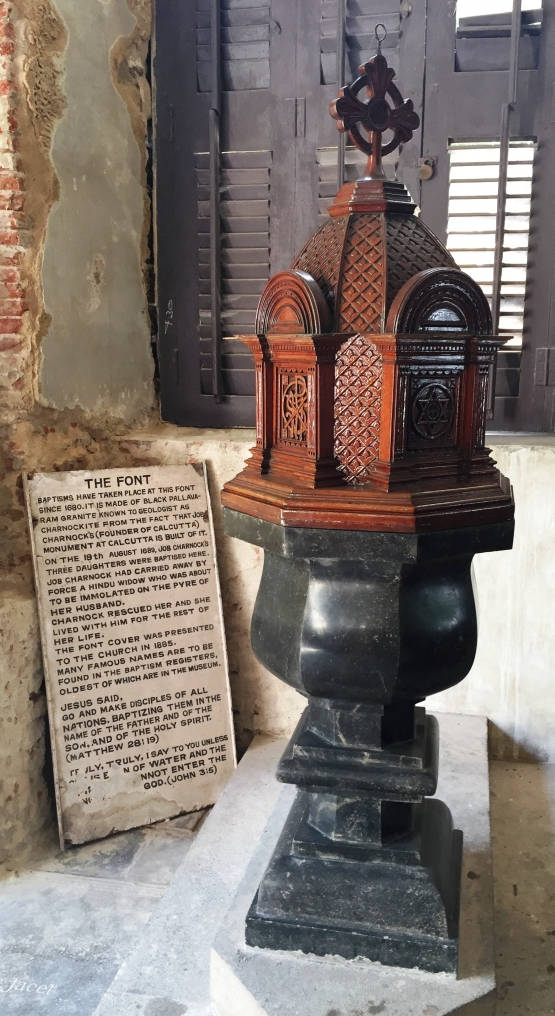
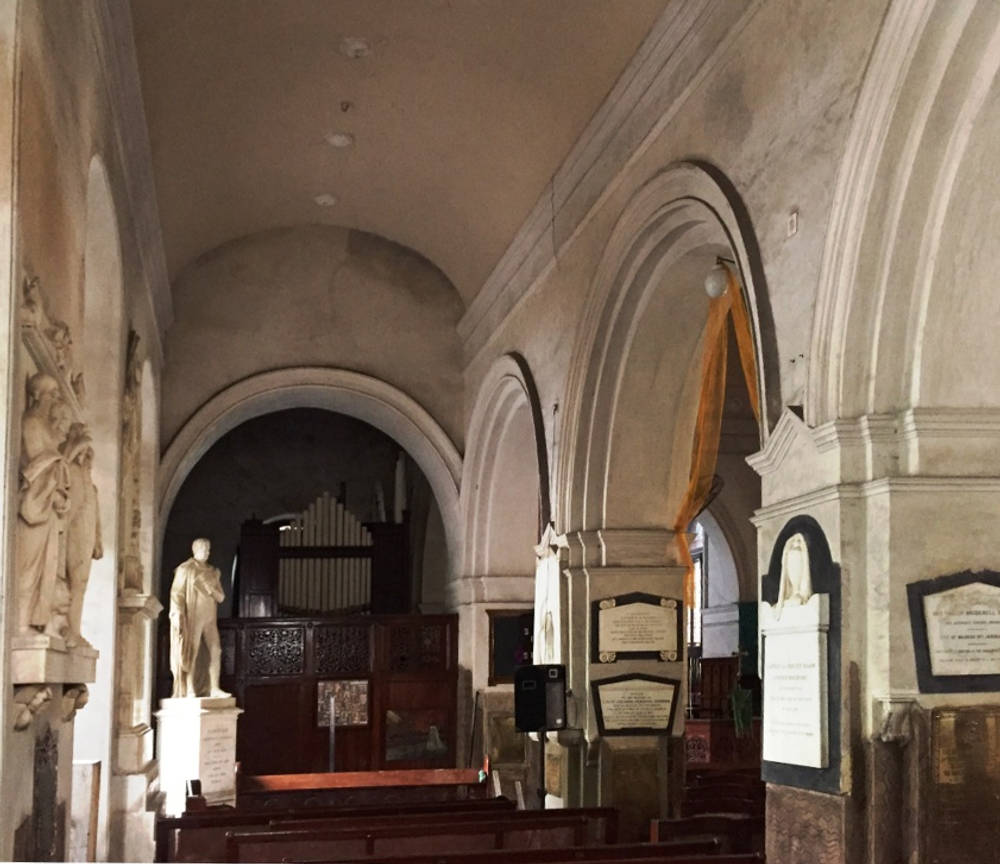
The font of black Pallavaram granite has been in use since 1680. Its wooden cover was carved in 1885. The original registers include the marriage on 18th February 1753 of Robert Clive to Margaret Maskelyne. Above the altar hangs The Last Supper, a copy of Raphael’s painting looted from the French fort at Pondicherry in 1761. The altar plate was donated by Yale in 1687. The intricately carved balustrade of the Gallery is made of Burmese teak and dates from 1680.
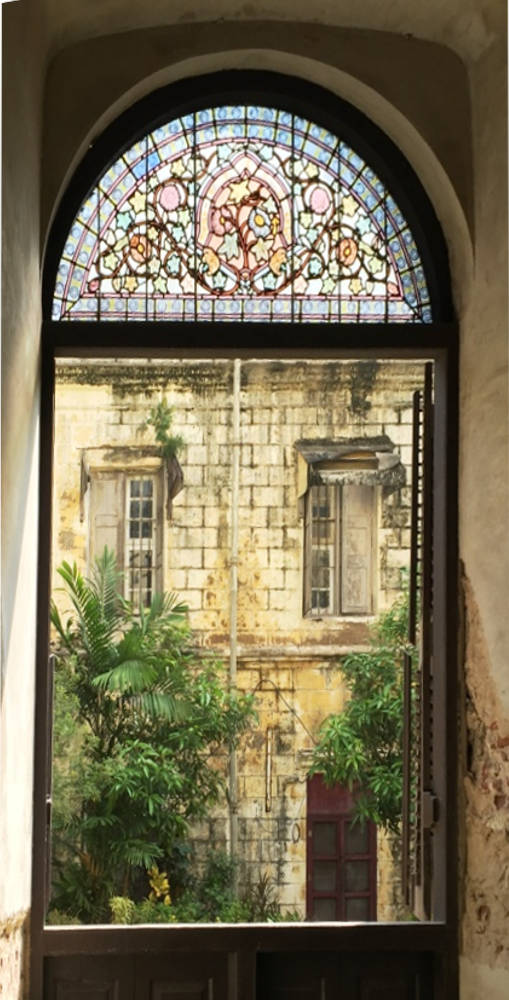
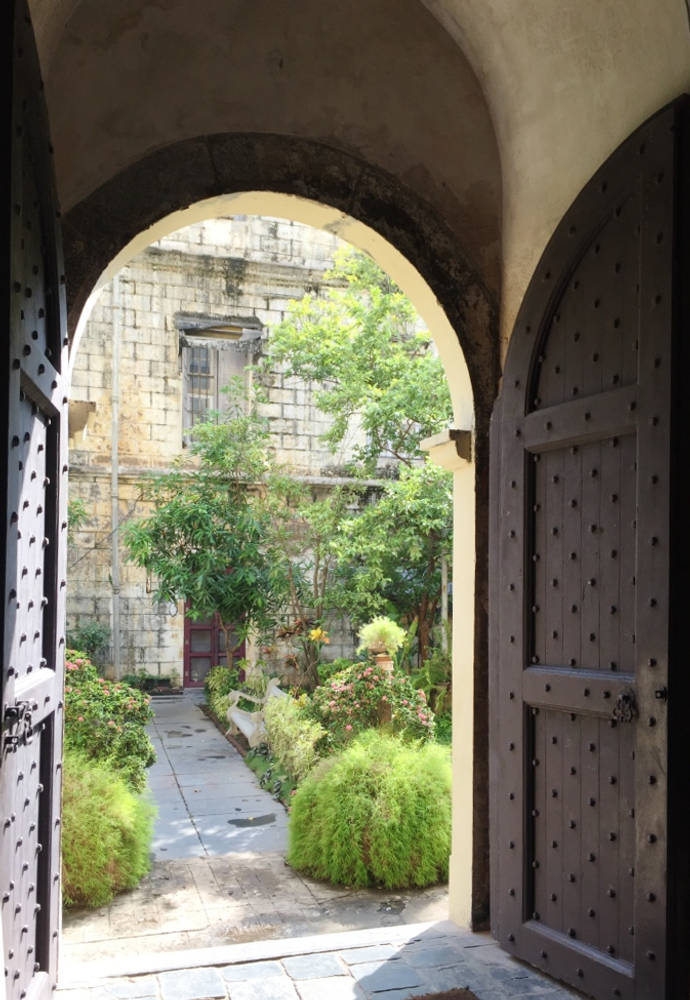
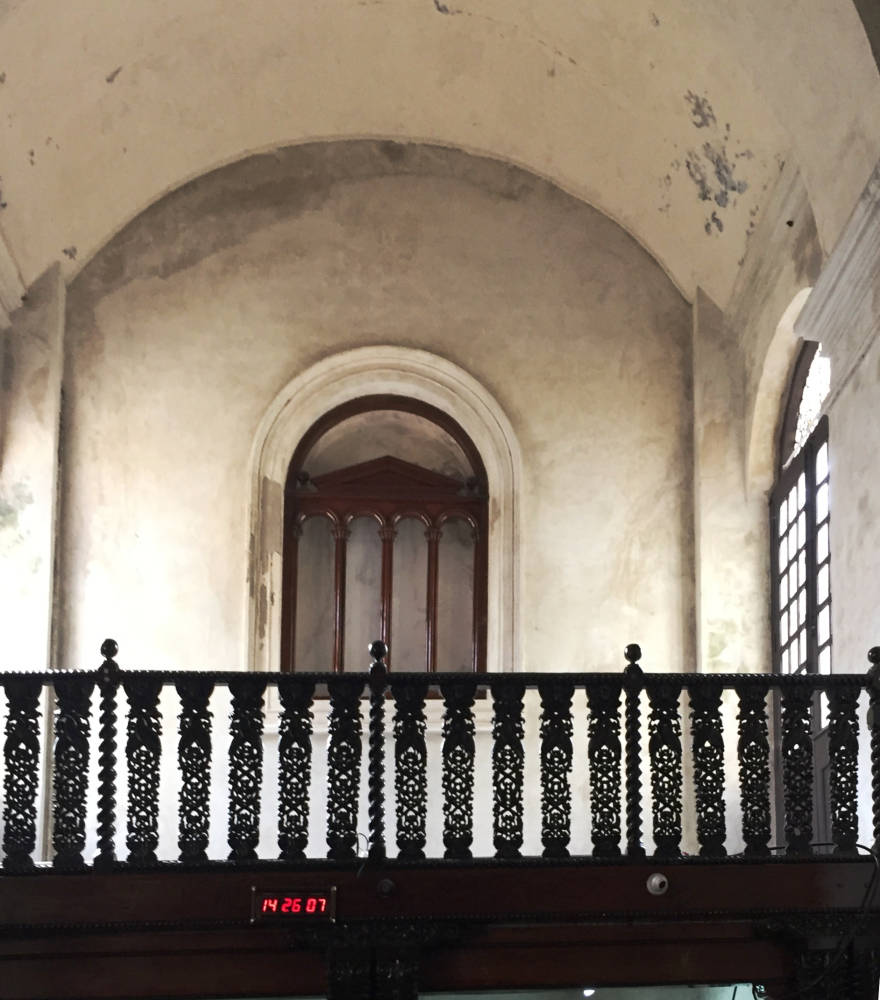
On the 15th August 1947 the 1st Battalion of the Essex Regiment marched out of the Fort and was replaced by the 3rd Sikh Light Infantry. Since then the Church has been administered by the Church of South India and it is beautifully maintained.



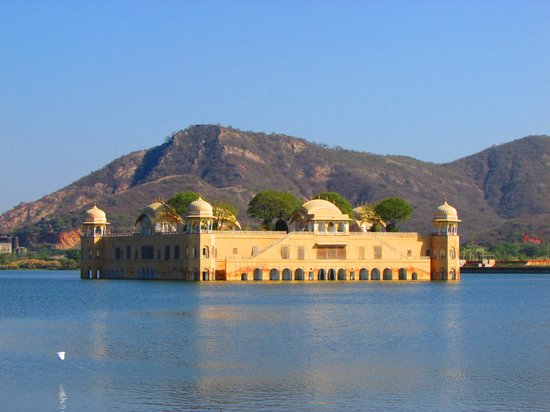
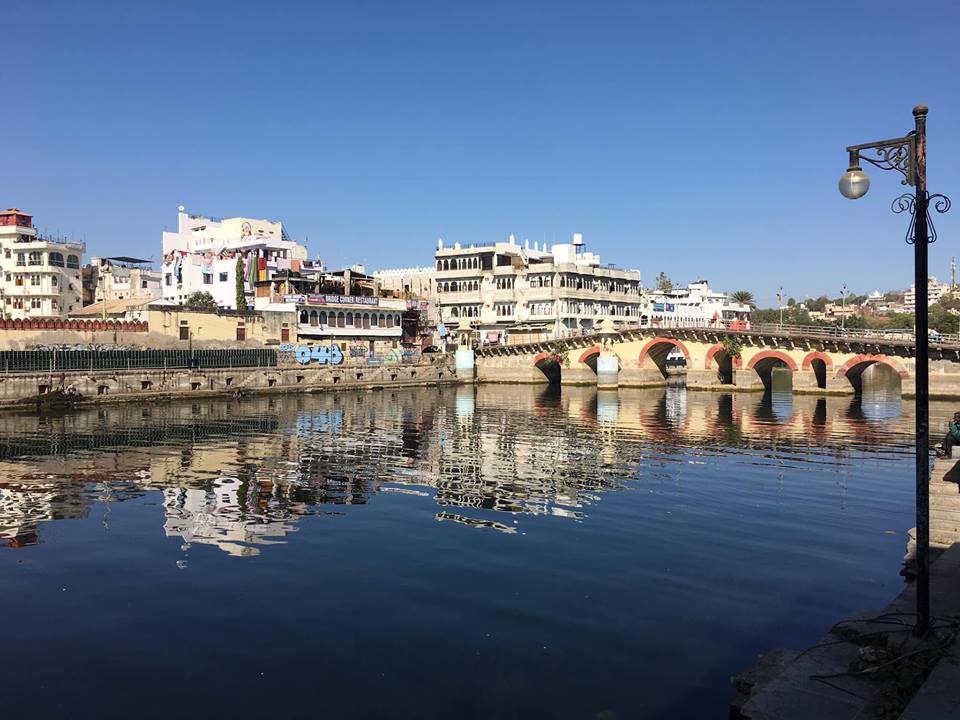
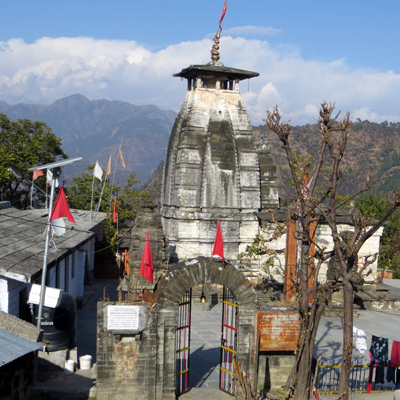
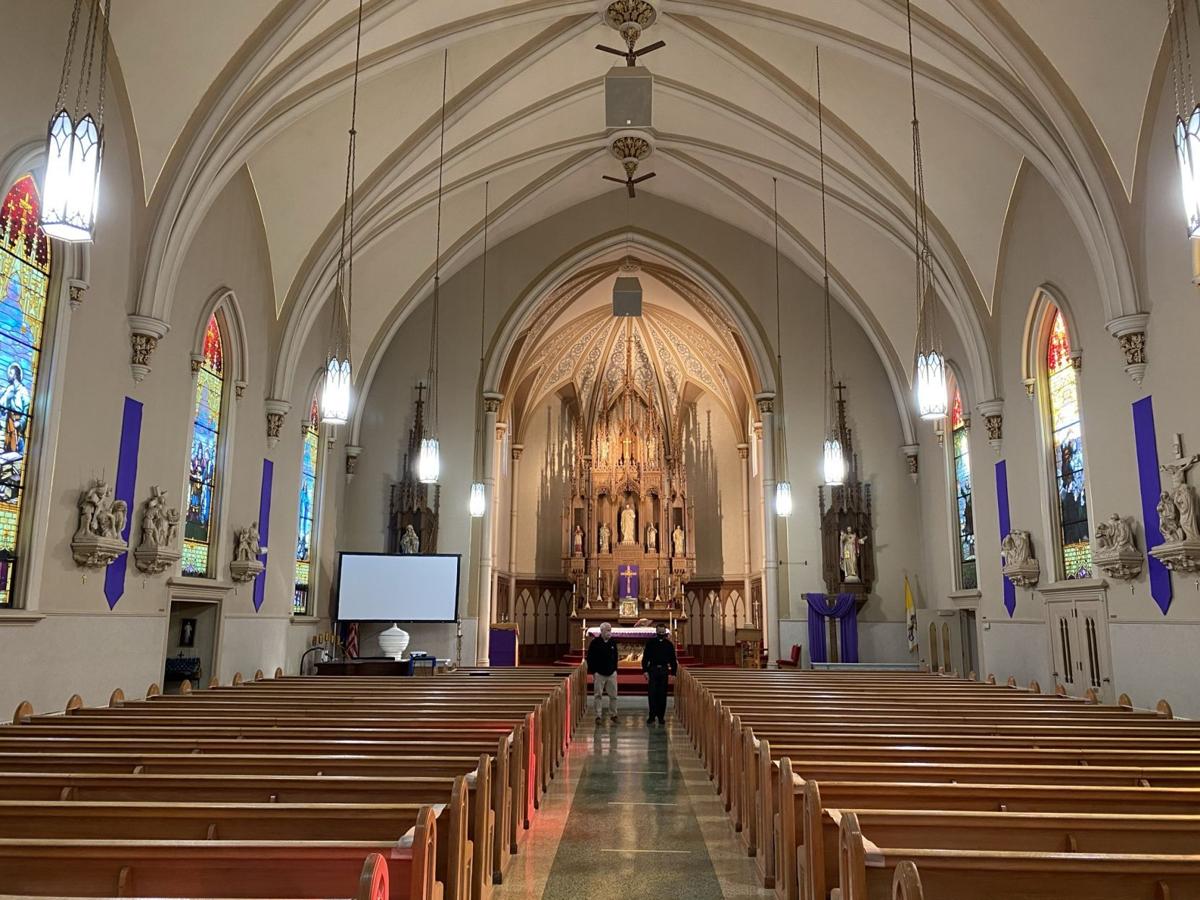

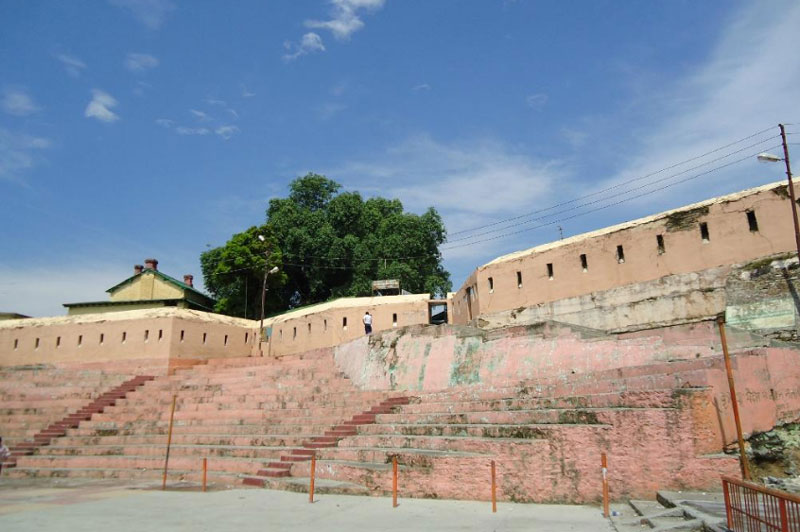

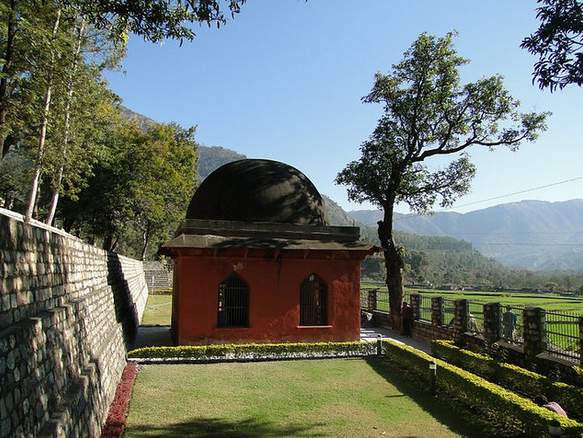


7 Comments
Comments are closed.